You might wonder why the heck we would even bother comparing two such radically different cartridges like the 22 LR vs 9mm.
If you know anything about firearms, then you almost certainly know the 22 Long Rifle (LR) is the popular yet relatively weak round used for casual plinking, serious competitive target shooting, varmint hunting, and self-defense with the smallest handguns on the market. You would also know the 9mm is America’s most popular pistol cartridge for self-defense, though it is also used often for competitive handgun events and occasionally for hunting coyote and other smaller game.
But people who are very new to firearms often ask us about the differences between 22 LR and 9mm. This is perfectly understandable. If someone is only able to name two cartridges, those are probably the twenty-two and the nine. Understanding the differences between these two rounds’ ballistic performance, stopping power and recoil is a great lesson for any novice shooter!
22 LR vs 9mm: Cartridge Dimensions
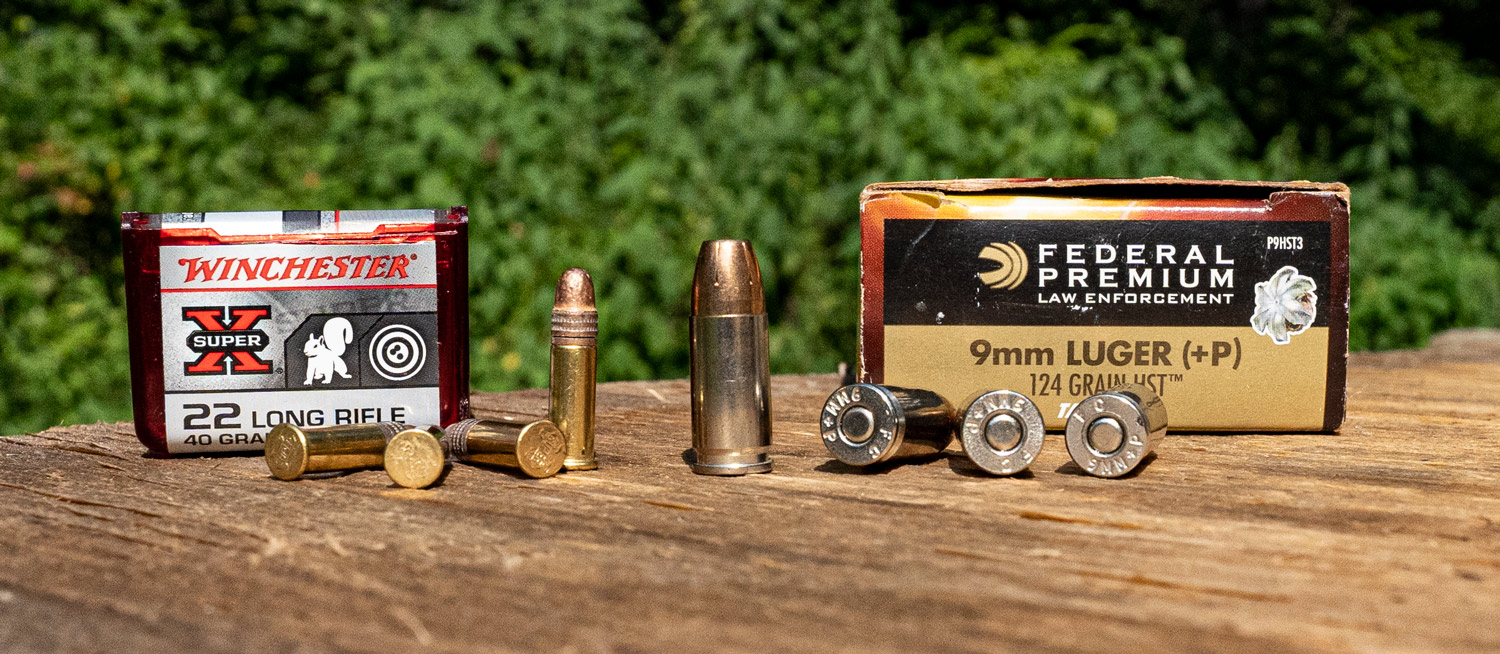
| 22 LR | 9mm | |
|---|---|---|
| Parent case | 22 Long | 7.65x21 |
| Case type | Rimmed, straight | Rimless, tapered |
| Bullet diameter | 0.223 in | 0.355 in |
| Neck diameter | 0.226 in | 0.380 in |
| Base diameter | 0.226 in | 0.391 in |
| Rim diameter | 0.278 in | 0.392 in |
| Rim thickness | 0.043 in | 0.050 in |
| Case length | 0.613 in | 0.754 in |
| Overall length | 1.000 in | 1.169 in |
| Maximum pressure | 24,656 psi | 35,000 psi |
Appreciating the differences between 22 LR and 9mm is easy once you consider their relative size difference.
The 22 LR is significantly smaller than the 9mm (about 51 grains vs. 217 grains). Its bullet is lighter as the result – 40 grains (give or take), as opposed to the 9mm’s common 115, 124 or 147 grains. (There are 437.5 grains to an ounce.) The 22 LR’s muzzle velocity (the speed at which the bullet exits the barrel) isn’t necessarily slower. However, its approximately 75% lighter bullet is poised to transfer a lot less energy to its target during impact and penetration.
The rounds’ case designs indicate a couple interesting things. First, the 22 LR case has a rim while the 9mm hasn’t. In essence, a rimmed case helps a round to chamber more reliably in a revolver, while a rimless one is better equipped to cycle smoothly through a semi-auto. As a general rule semi-autos chambered for rimmed rounds are a little less reliable, but not so much that they become frustrating to fire.
Second, the 22 LR has a rimfire primer while 9mm ammo typically has a Boxer primer. We won’t explore the differences between these primers too deeply here. All you have to understand is that a rimfire primer’s design necessitates a thinner case, and a thinner case is only capable of containing so much chamber pressure. If the 22 LR were made much more powerful, its brass case would rupture during ignition to make the firearm inoperable. As a rule, when you see that a round has a rimfire primer you may always assume it’s on the weaker end of the spectrum.
Ballistic Performance
| 22 LR CCI Mini-Mag 36gr CPHP | 9mm PMC 115gr JHP | 22 LR Federal 40gr LRN | 9mm Sellier & Bellot 124gr FMJ | 22 LR Winchester Super Suppressed 45gr CPHP | 9mm Speer Gold Dot 147gr JHP | |
|---|---|---|---|---|---|---|
| Muzzle velocity (fps) | 1260 | 1160 | 1200 | 1181 | 1090 | 990 |
| Velocity @ 25 yds | 1176 | 1099 | 1130 | 1116 | 1053 | 961 |
| Velocity @ 50 yds | 1107 | 1050 | 1074 | 1063 | 1021 | 935 |
| Velocity @ 75 yds | 1051 | 1009 | 1028 | 1020 | 992 | 912 |
| Velocity @ 100 yds | 1006 | 974 | 989 | 983 | 967 | 890 |
| G1 ballistic coefficient | 0.129 | 0.142 | 0.138 | 0.141 | 0.188 | 0.164 |
| Drop @ 25 yds | 0 | 0 | 0 | 0.01 | 0.01 | 0 |
| Drop @ 50 yds | -1.34 | -1.54 | -1.48 | -1.48 | -1.73 | -2.1 |
| Drop @ 75 yds | -4.47 | -5.06 | -4.84 | -4.89 | -5.55 | -6.68 |
| Drop @ 100 yds | -9.55 | -10.7 | -10.25 | -10.39 | -11.58 | -13.87 |
| Muzzle energy (ft lbs) | 127 | 344 | 128 | 384 | 119 | 320 |
| Energy @ 25 yds | 110 | 309 | 114 | 343 | 111 | 302 |
| Energy @ 50 yds | 98 | 282 | 102 | 311 | 104 | 286 |
| Energy @ 75 yds | 88 | 260 | 94 | 286 | 98 | 272 |
| Energy @ 100 yds | 81 | 242 | 87 | 266 | 93 | 259 |
The 22 LR’s effective range is widely considered to be 150 yards. We should note, you would never want to use it for self-defense over such long distances though. This is really the maximum distance you’d want to cover with the 22 LR for target shooting and varmint hunting.
According to the U.S. Army, the effective firing range of a Beretta M9 9mm pistol is 54 yards. This is the distance over which you could reliably hit and neutralize a human-sized threat. You could unquestionably hit a target farther away than that, but the 9mm is not generally considered very useful at ranges beyond 100 yards.
In summary, neither the 22 LR nor the 9mm are long-distance cartridges. The former was conceived as an inexpensive varmint hunting and target round; the latter was designed as a pistol cartridge for warfare. But within their effective ranges both are plenty accurate, and they offer even better precision in conjunction with a rifle’s longer barrel (which enhances accuracy for several reasons).
Stopping Power
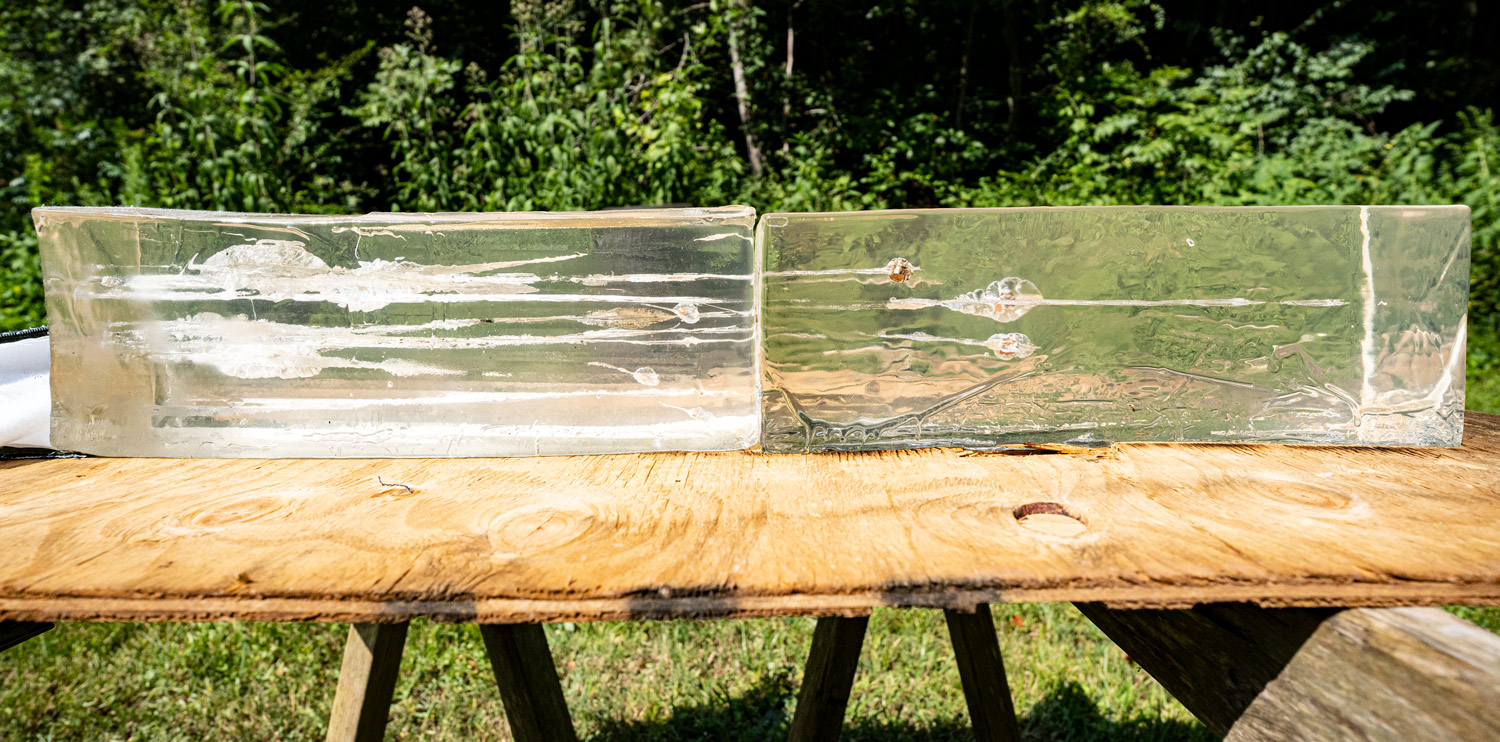
We fired 22lr and 9mm into ballistic gelatin. You can see the 9mm loads traveled about 20″ into a second gel block. The 22lr barely expanded and did not reach the end of the first block.
What constitutes “stopping power” encompasses several variables including penetration depth, wound channel width and capacity for terminal expansion. Rather than get bogged down comparing every aspect of the 22 LR and 9mm’s stopping power, let’s focus on the big factor: energy delivery.
Hands down, the 9mm stomps in the stopping power department. Recall that the two rounds may theoretically possess identical muzzle velocities, but also very different bullet weights. Because energy is the simple product of mass X velocity ^ squared, the 9mm’s far heavier bullet enables it to deliver approximately three times as much energy on target. The 9mm reliably exceeds the highest minimum energy threshold recommended for self-defense (220 to 300 ft lbs); the 22 LR never reaches 220 ft lbs, ever.
Self-Defense Considerations of 22LR vs 9mm
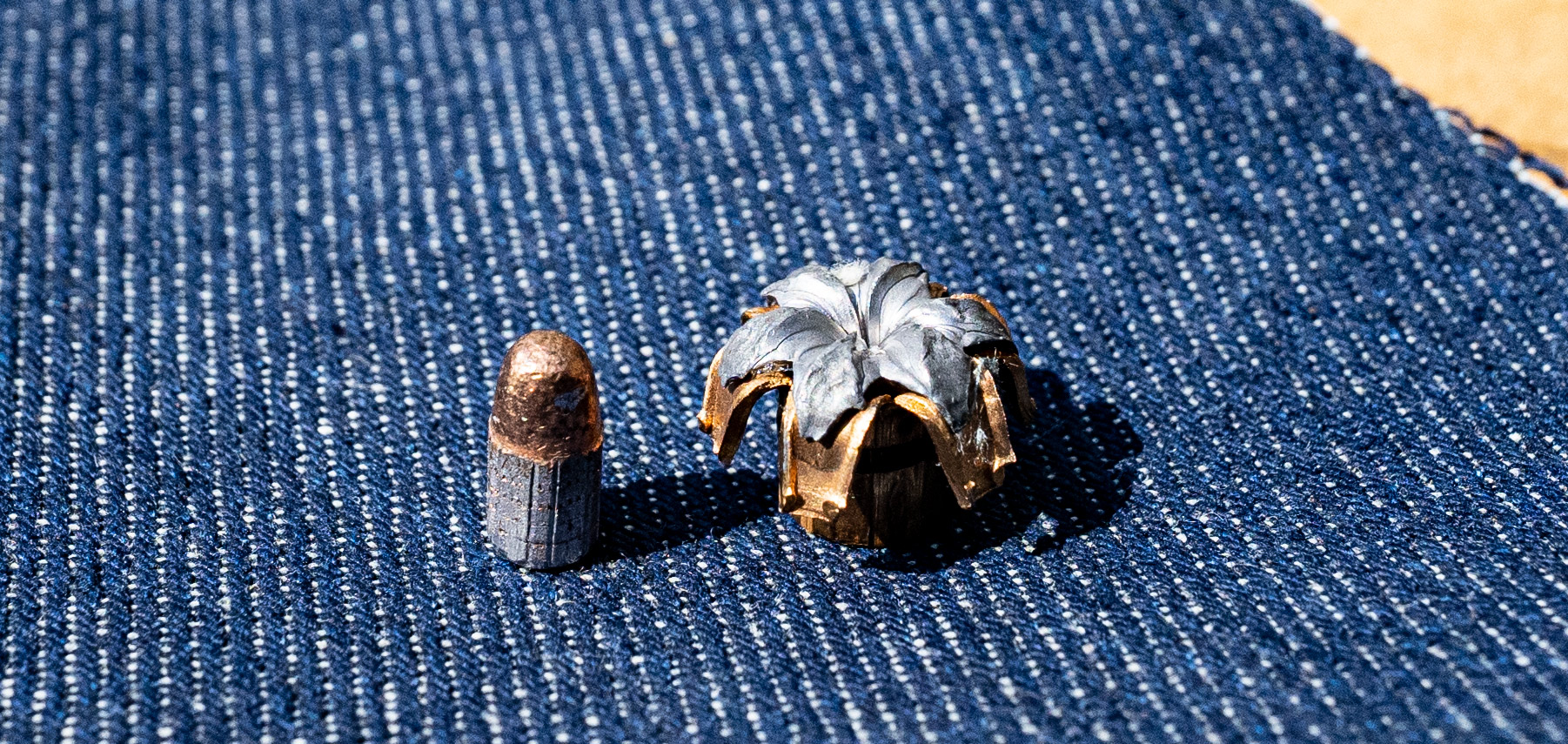
You can see the Super-X 22 long rifle ammo offered very little expansion (left). The Federal HST mushroomed out to create as big a wound channel as its ballistics could muster.
To determine how the rounds rate in relation to each other for self-defense, we tested both through a 4-layer cloth barrier with ballistic gelatin. In our gel tests conducted with Winchester Super-X 22lr and Federal HST 9mm, you can clearly see the 9mm is a more reliable self-defense round. 9mm Luger penetrates farther and expands significantly more. The wound channel (or holes made through the gel) are significantly wider with the 9mm load, that’s definitely something desirable if you’re in the market for a “man-stopper.”
The 22 LR is not useless for self-defense, however. With proper shot placement it could theoretically kill a grizzly bear in one shot. The 22 LR’s tiny stature also means it is perfect for similarly tiny handguns. Two types of people typically prefer them.
1.) People seeking an easily concealed backup weapon,
2.) People who are unable to accommodate very much recoil.
On that note, let’s compare these rounds’ recoil next.
Recoil
Recoil, aka “kick” basically describes how violently the firearm will jerk backward upon ignition. Low recoil isn’t just preferable for comfort reasons – it also makes it easier to fire follow-up shots, as the shooter can dedicate less time to restoring their aim on the target.
How much recoil you actually perceive is subjective, but we can objectively measure recoil energy. It’s the product of four variables: firearm weight, bullet weight, propellant weight and muzzle velocity. For the sake of comparing these two rounds’ recoil, let us assume that (A) all 22 LR rounds have 2 grains of powder and we are firing a Glock 44 (14.64 oz with empty mag), and (B) all 9mm rounds have 5 grains of powder and we are firing a Glock 17 (24.87 oz with empty mag)
| Recoil Energy (ft lbs) | |
|---|---|
| CCI Mini-Mag 22 LR 36gr CPHP | 1.06 |
| Federal 22 LR 40gr LRN | 1.17 |
| Winchester 22 LR 45gr CPHP | 1.21 |
| PMC 9mm 115gr JHP | 5.12 |
| Sellier & Bellot 9mm 124gr FMJ | 6 |
| Speer Gold Dot 9mm 147gr JHP | 5.93 |
Let’s preface our conclusion by emphasizing that neither cartridge produces very much recoil. With that, the 22 LR’s recoil energy is only about 20% as powerful as the 9mm’s. You won’t feel it when you fire a 22 LR – especially if you’re firing a rifle. Rifles are heavier than handguns and thus able to nullify more recoil energy. That alongside the 22 LR’s quiet report and low price tag make it optimal for training younger shooters. And those among us who have very small frames may be willing to overlook the 22 LR’s overall weakness if it also means they can avoid compensating for muzzle flip during a life or death altercation.
Price & Availability of 22LR Ammo versus 9mm
22 LR ammo is much less expensive than the 9mm – in fact, it’s the cheapest popular cartridge. Its small size demands less raw materials during its production. Plus, the enormous demand for it means manufacturers can lower their overhead via mass production. But the 9mm is also inexpensive compared to other centerfire pistol cartridges for these very same reasons.
Availability? Not a problem. 22 LR, 9mm, and the firearms that are chambered for either are superabundant in America. Whether you want a range toy or a serious firearm for hunting or self-defense, just walk into a gun store and tell the clerk you have money. He’ll take it from there.
Both rounds will let you utilize the AR rifle platform, although there is a greater range of 22 LR rifle styles available. If you want a cheap single-shot bolt action, a survival rifle, or a classic lever-action like a Henry, the 22 LR is your better bet.
Takeaway
We’re lucky to live in a time where there are dozens of 9mm options available to us as convenient carry firearms. Unless you find the recoil too much, 9mm is a clear winner here for self-defense. If you’re looking for a sport gun or plinking target shooter, 22 long rifle has a lot to offer, including significantly cheaper ammo. For most seasoned shooters, the 22 LR vs 9mm debate isn’t which one or the other – it’s both because of the cheaper training the 22 long rifle offers and how it can help you be a better shooter with a 9mm.

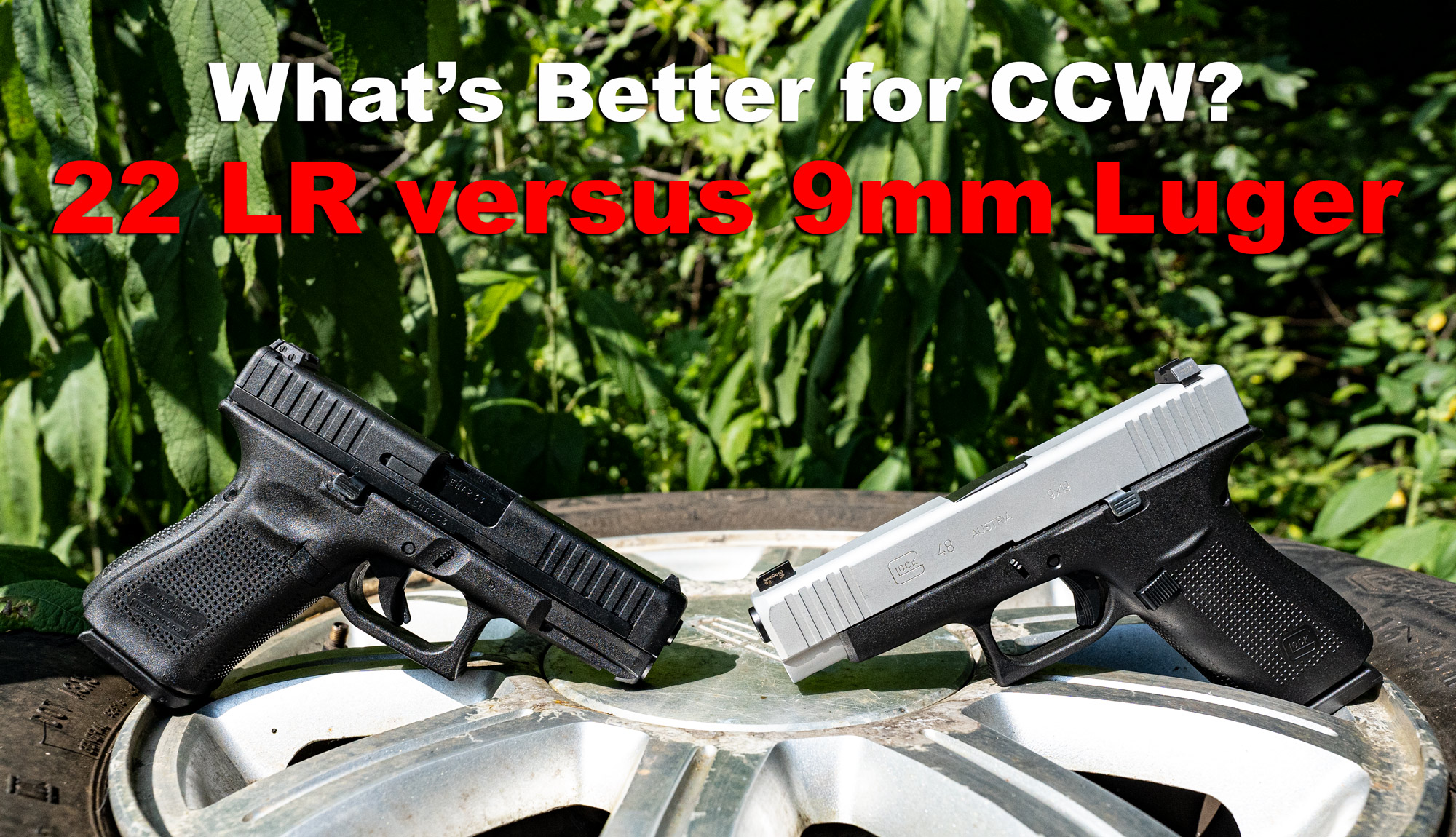
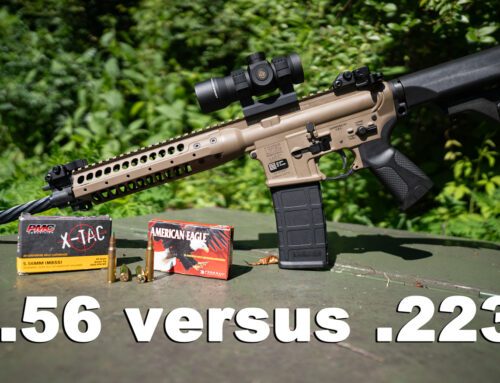
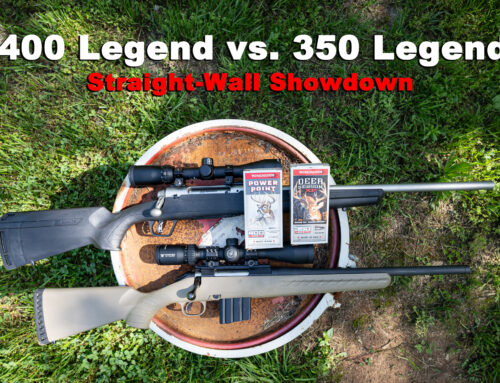
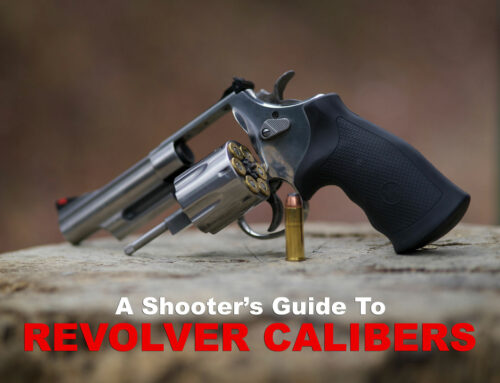
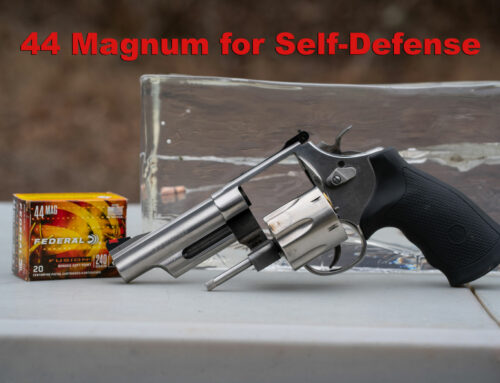
Very well said clear and understandable
Great job
Energy is mass x velocity SQUARED.
Good catch, thank you. We’ve corrected that!